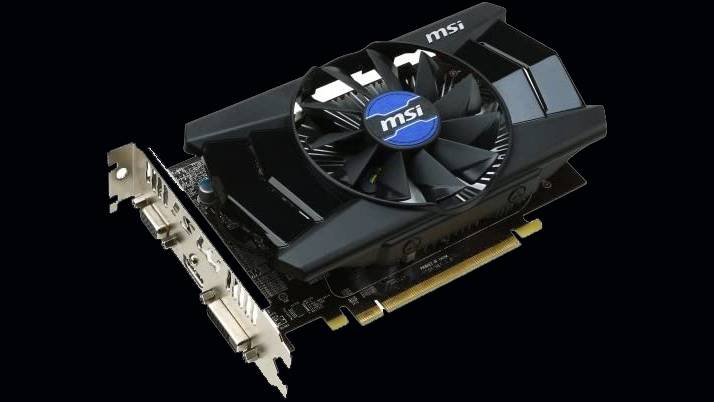
GPU Cooler Tested With Ketchup, Potatoes, and Cheese as Thermal Paste
Finding the best TIM can be a tricky endeavor, but some people are more adventurous than others. Case in point: An enthusiast recently broadened his GPU thermal paste search to include several interesting substances ranging from regular thermal paste to thermal pads, cheese, ketchup, toothpaste, diaper rash ointment, and even potatoes. The user originally set out to test different types of thermal pads but decided to expand into other substances, making for an interesting and entertaining study in GPU cooling with some substances that are definitely not safe for long-term use.
The test system used a Radeon R7 240 with a 30W TDP, with temperature readings from a five-minute run of Furmark. As such, these tests aren’t a great indicator of the long-term feasibility of using a potato to cool your chip, so here’s a statement of the obvious: Don’t try this at home.
The user shared a spreadsheet showing the findings, including 22 different tested thermal “paste” materials. The list includes several standard thermal pads of different sizes, including Arctic TP2 0.5mm, 1mm, 1.5mm, Arctic TP3 1mm, 1.5mm, EC360 Blue 0.5mm, EC360 Gold 1mm, 0.5mm EKWB, and Thermal Grizzly Minus 8 thermal pads.
With those relatively safe choices out of the way, next up is the unusual substances not designed for thermal conductivity in a GPU application, including double-sided aluminum copper tape, cheese slices, potato slices, ketchup, copper paste, and Penaten Creme for diaper rashes. The enthusiast also used a broad range of toothpastes, including a few brands you might not recognize, like Amasan T12, Silber Wl.paste, Kupferpaste, and a no-named toothpaste with no branding.

Naturally, most of the worst performers ended up being almost all of the food-related items.
Several items caused the GPU to engage its thermal throttling mechanism due to overheating as the GPU hit its maximum temperature of 105C, including the sliced cheese and potato slices. Some thermal pads also didn’t fare well, with throttling occurring with the EC360 Blue 0.5mm thermal pad, 0.5mm EKWB pad, Arctic TP2 1mm pad, Arctic TP2 1.5mm pad, Thermal Grizzly Minus 8 1.5mm pad copper tape. The double-sided aluminum adhesive pad was the worst offender of them all — it caused the system to shut down. The Pentaten Creme (for diaper rashes) and copper paste were also problematic.
However, the rest of the thermal applications were functional and did not cause the GPU to thermal throttle. This includes the 0.5mm Arctic TP2 thermal pad, 1mm Alphacool Apex thermal pad, Arctic TP3 1mm thermal pad, 1mm EC360 Gold thermal pad, and 1.5mm Arctic TP3 thermal pad. All of these thermal pads kept the GPU anywhere between 61C and 79C.
The various different kinds of toothpaste did decently well, too, with the Amasan T12 coming out on top at 63C, Silber Wl.paste at 65C, and the plain no-named toothpaste being the worst, hitting 90C. Surprisingly, the Ketchup did exceptionally well, keeping the GPU at 71C.
There were two contestants for the regular thermal paste — Arctic’s MX-4 and Corsair TM30. Unsurprisingly both kept the R7 250 at the coolest temperatures out of the bunch, with a temperature result of 49C and 54C, respectively.
We don’t recommend using anything besides proper thermal interface material on your GPU, but these findings are quite interesting, even if they are as impractical as it gets.
If you’re looking for a broader selection of thermal paste testing, we also have a broad selection of testing with CPUs, including toothpaste, in our Best Thermal Paste for CPUs 2023: 90 Pastes Tested and Ranked article.

